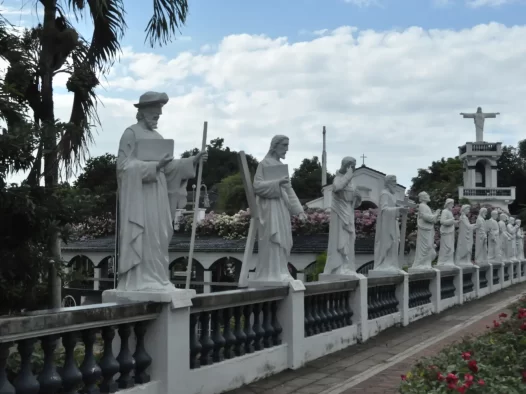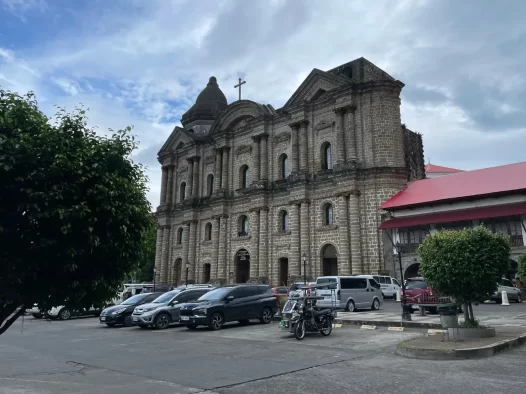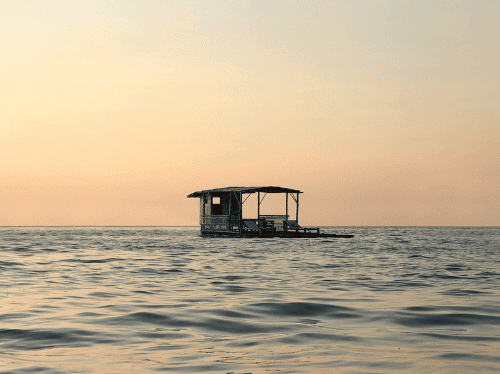Nasugbu
Nasugbu, situated in Western Batangas, proudly holds the distinction of being the largest municipality in terms of size and the second-largest overall. Spanning across a vast expanse of 27,851 hectares, Nasugbu’s name carries with it an intriguing legend. According to the tale, a Spanish visitor, intrigued by the town’s name, mistakenly made reference to the rice being cooked in a palayok (clay pot). Assuming he was asking about the rice itself, a woman replied, “Nasubo na po iyan eh, kaya ganyan” (It’s already submerged, that’s why it looks like that). The Spaniard repeated these words to his companions, forever imprinting the name in the village’s history.
History and Heritage
Nasugbu carries a rich history and a tale of resilience. Founded in 1899, it initially revolved around the lives of those who toiled for the hacienderos, affluent landowners who held considerable sway over the town. However, during the Japanese occupation in World War II, the people of Nasugbu exhibited remarkable strength and resistance, standing firm in the face of adversity.
After the war, Nasugbu gradually regained its footing and returned to its normal way of life, though not without grappling with the effects of urbanization. In the 1970s, a momentous decision was made by the hacienderos to sell off the majority of their vast landholdings to the local population over a decade-long period. This pivotal move led to the redistribution of land and the emergence of a burgeoning population spread across Nasugbu’s 42 barangays, fostering a sense of community and growth.
In 2007, Nasugbu was officially designated as a special tourism zone, its name becoming synonymous with white sand beach resorts and leisurely getaways. Spearheaded by the Nasugbu eminent persons group, the area experienced a surge in tourism development and promotion. Within this thriving tourism zone, remarkable destinations such as Punta Fuego and Mount Palay-Palay beckon visitors with their pristine beaches and the awe-inspiring Mount Pico de Loro, a renowned hiking and nature spot.
Over the years, Nasugbu has undergone a remarkable transformation, transitioning from an agricultural and hacienda-centered economy to a flourishing tourist haven. Its breathtaking beaches, coupled with its abundance of natural attractions, have captivated the hearts of both local and international travelers, making Nasugbu a sought-after destination brimming with beauty and adventure.
Climate
The rainy season starts in June and ends in November. When December comes, the people experienced a very cool dawn. The summer season on the month of March to the end of May.
If you prefer a hassle-free trip, you can rent a car or hire a private vehicle for more convenience and flexibility. Public transportation, such as buses and jeepneys, is also available and can be a more budget-friendly option.
Batangas: Where history, beauty, and resilience converge, creating a tapestry of captivating stories and unforgettable moments.
Mardi Gras Festival
The Mardi Gras Festival in Nasugbu, Batangas is a vibrant celebration that captures the essence of joy, music, and colorful festivities. Held every December 2, this lively event showcases the town’s unique culture and heritage, drawing locals and tourists alike to join in the revelry. Participants don vibrant costumes and masks, parading through the streets to the rhythm of lively music and dance. The Mardi Gras Festival is a time of merriment and excitement, where the spirit of celebration fills the air, creating unforgettable memories for all who partake in this grand event.

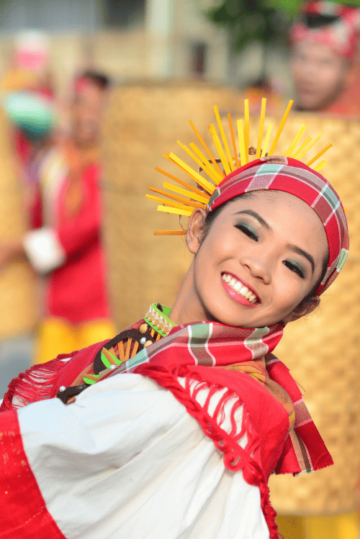
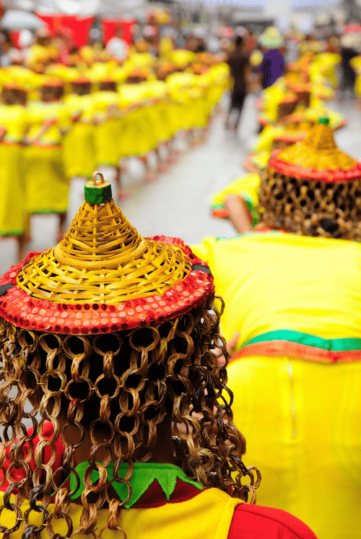
Local Attractions
Batangas in the Philippines offers a range of local attractions that cater to various interests. These are just a few of the attractions you can explore in Batangas. Whether you’re interested in history, nature, or relaxation, the city offers something for everyone.
Getting Around
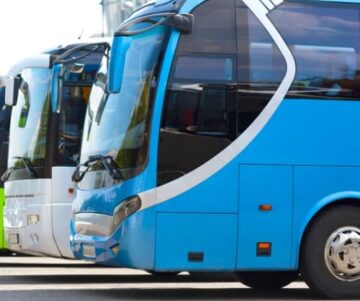
Buses
Buses provide transportation for longer distances, connecting Batangas with other regions and provinces. These buses have designated terminals and offer a more comfortable option for longer journeys.
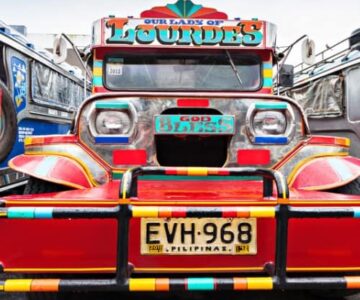
Jeepneys
Jeepneys are a staple mode of public transportation in the Philippines. They are colorful, elongated jeeps that can carry multiple passengers. Jeepneys follow specific routes and have fixed fares.
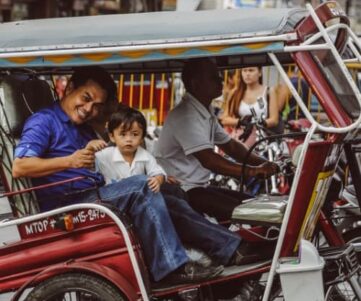
Tricycles
These motorized vehicles consist of a motorcycle with a sidecar, which can accommodate around 3 to 4 passengers. Tricycles are commonly used for short trips within the city, and fares are usually negotiable.

